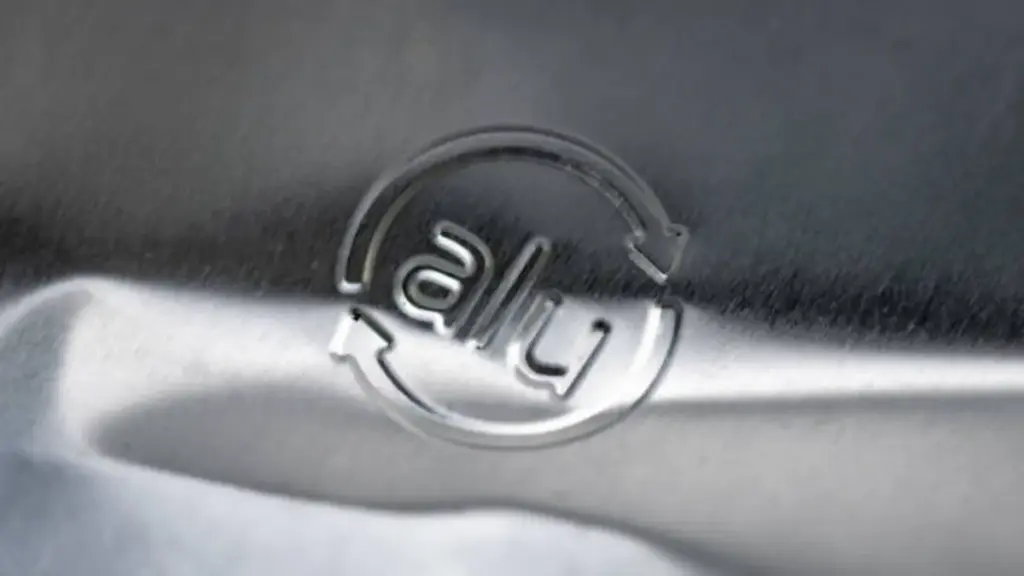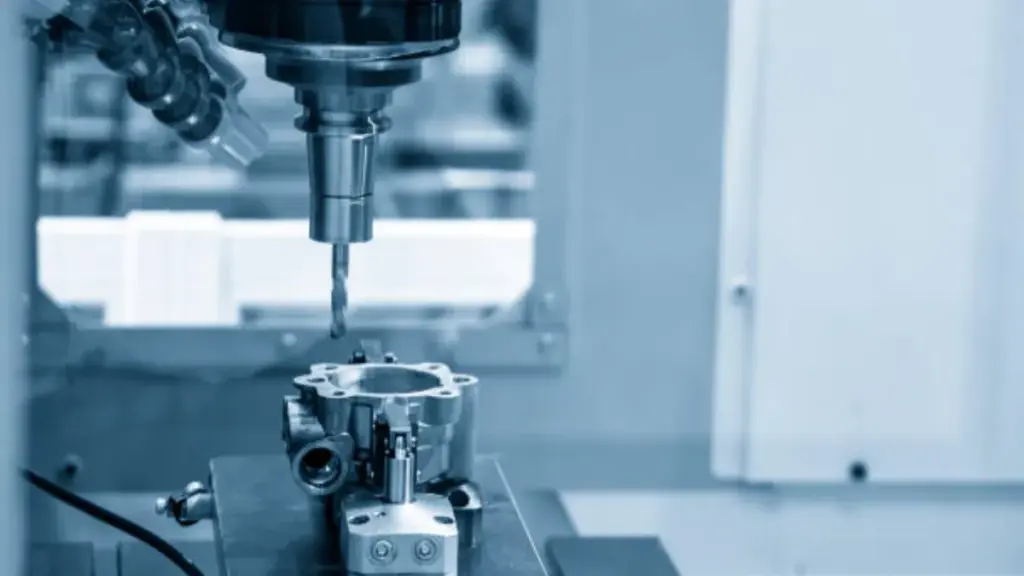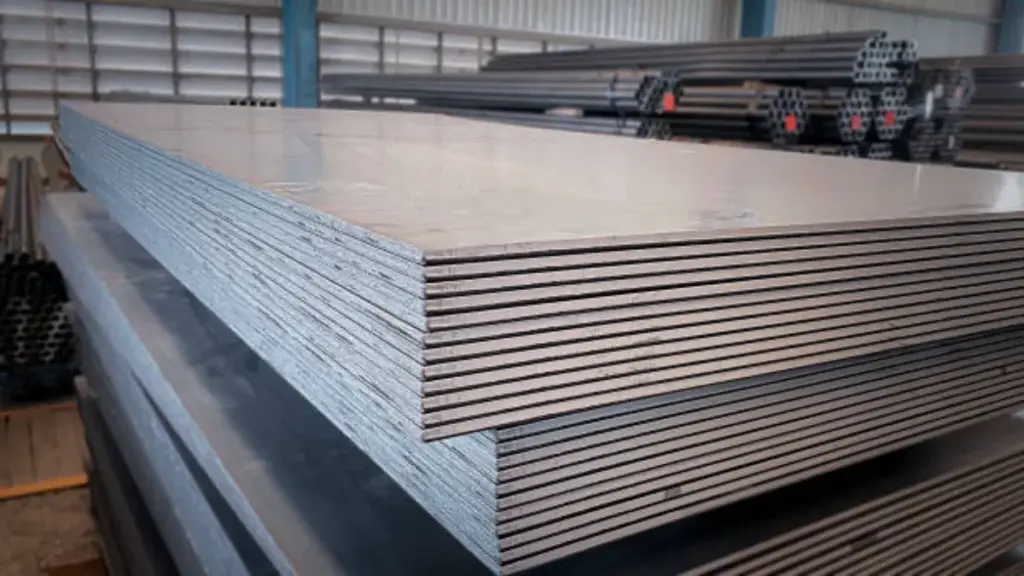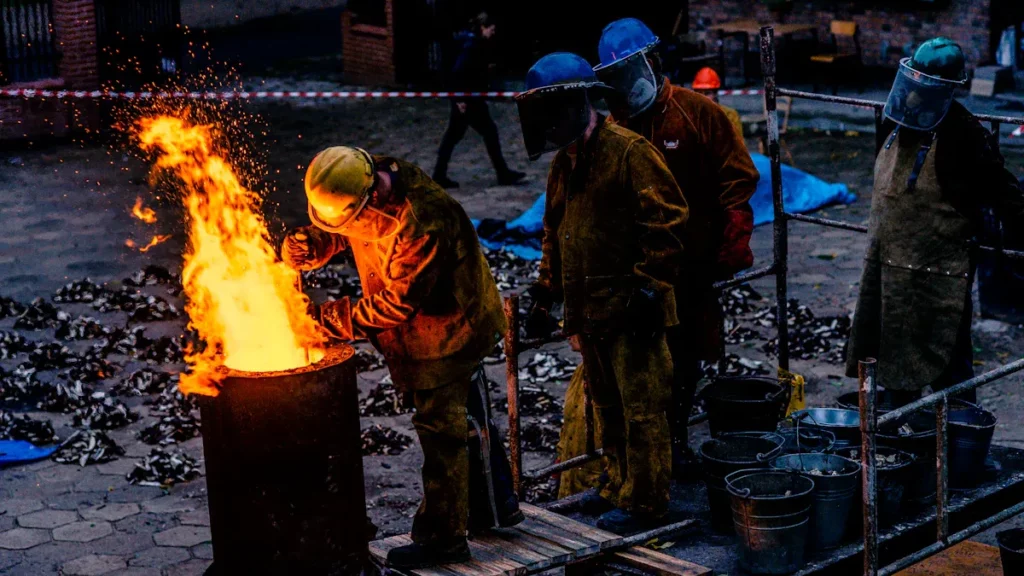If you want reliable, high-volume aluminum die casting, the choice of mold material is critical. As a professional die casting manufacturer, I recommend starting with H13 tool steel, its proven heat resistance and durability make it the gold standard for long-lasting, stable production. Softer metals like aluminum may suit quick prototypes but simply can’t match the demands of true industrial manufacturing.
What Is the Ideal Metal Casting Mold Material?
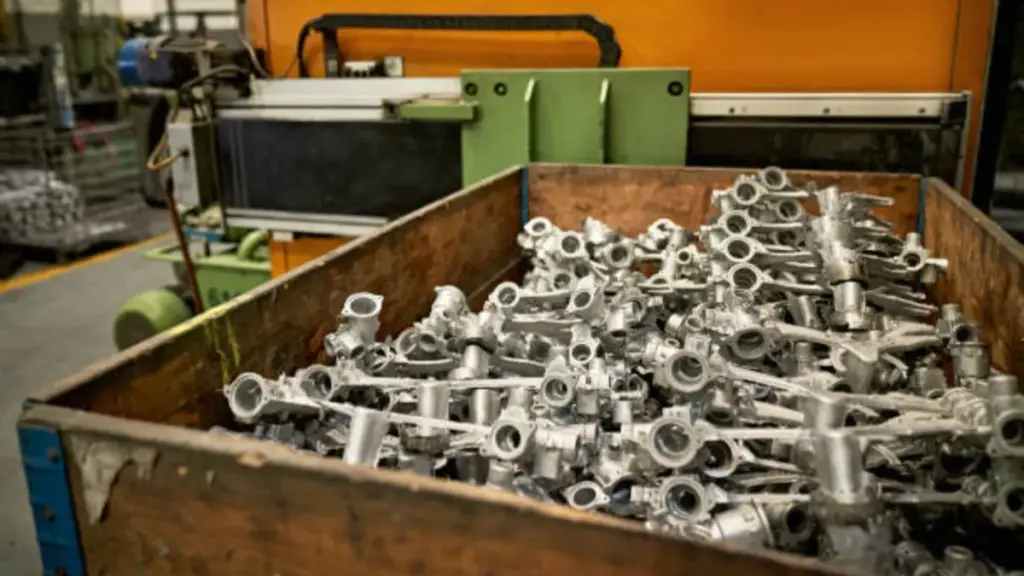
When engineers ask “what mold material for metal casting is ideal?”, they are really asking how to balance thermal resistance, fortaleza, and tool life under repeated casting cycles. For industrial aluminum die casting projects, that balance is almost always achieved with hot-work tool steels, such as H13, rather than with soft metals like aluminum.
High-pressure die casting exposes the mold to molten aluminum, rapid thermal cycling, and clamping forces that can easily exceed hundreds of kilonewtons. Under these conditions, only properly heat-treated tool steels maintain hardness, resist thermal fatigue cracking, and hold tight tolerances over tens of thousands of shots.
Expendable vs. Permanent Molds: Why Metal Molds Win for Volume
Most aluminum parts start with either expendable molds (like sand or investment shells) or permanent metal molds. Expendable molds are destroyed after each pour, making them flexible for complex shapes but fundamentally slow and labor-intensive for volume production.
Permanent metal molds, by contrast, are designed to run thousands to hundreds of thousands of cycles with consistent cavity geometry. The choice of metal casting mold material here directly impacts how fast you can run, how stable your dimensions stay, and how often you must stop for repair or replacement. In practice, if you are planning true volume production—especially in high-pressure aluminum die casting—you are choosing a permanent metal mold in tool steel.
Steel vs. Aluminio: Material Options for Metal Casting Molds
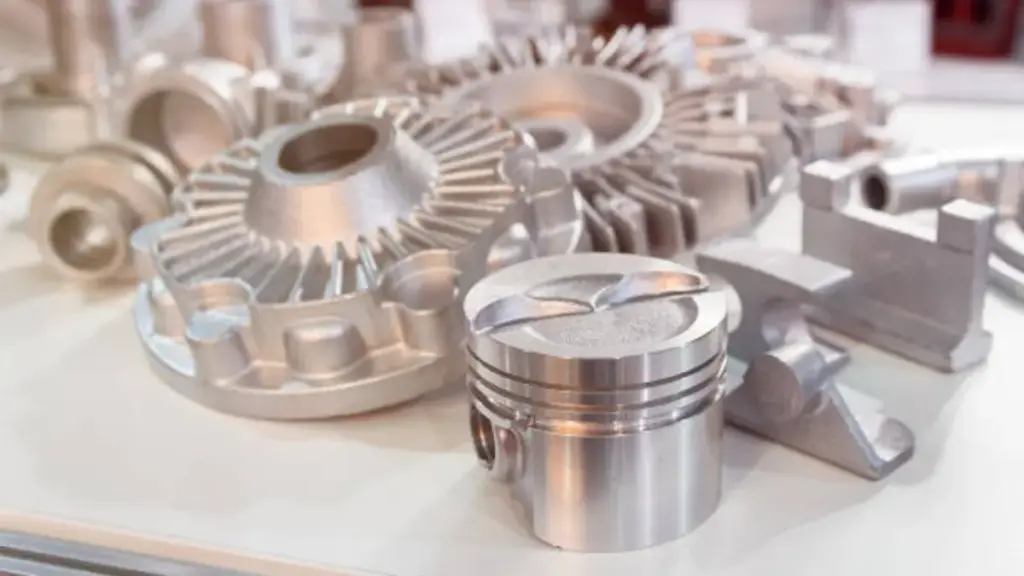
For permanent metal molds used with aluminum, the real debate is not “sand vs. metal,” but “which metal?” Common materials include H13 steel, P20 steel, gray iron, and high-strength aluminum alloys like 7075, each with its own sweet spot.
Below is a consolidated view of typical choices:
Aluminum Molds vs. Steel Molds
From a distance, aluminum molds can look very attractive: faster machining, lower upfront cost, and shorter lead time. Sin embargo, the math changes quickly once you move from 5,000 sample pieces to 50,000 o 100,000+ production shots.
- Typical aluminum mold life is often quoted between roughly 5,000 y 10,000 cycles in demanding environments, with some cases stretching higher if operating conditions are gentle.
- A well-designed H13 steel die for aluminum die casting can routinely exceed 100,000 shots before major refurbishment if run within proper process windows.
This “5k vs. 100k” order-of-magnitude gap directly affects your cost per part. With aluminum tooling, you may pay less on day one but face earlier retooling, more downtime, and greater dimensional drift as wear accelerates. With steel, you invest more upfront, but you spread that investment over a far larger number of good parts, which is exactly why serious aluminum die casting programs standardize on H13 or equivalent hot-work grades.
Selecting the Right Mold Material for Casting Aluminum Parts

“Casting aluminum” is not a single process, and your mold material should follow your process choice. For high-pressure die casting (HPDC) of structural or cosmetic parts, hardened H13 or similar hot-work steels are the baseline because they tolerate both metal velocity and thermal shock.
Industry experts recognize H13 tool steel as the benchmark for aluminum die casting molds because it offers outstanding durability, resists heat and fatigue, and maintains precision through even the longest production runs. Sheet metal forming of aluminum uses yet another family of tool steels and surface treatments, since those tools experience mechanical wear and galling rather than direct contact with molten metal.
Cooling system design and steel selection are tightly linked in aluminum die casting. High-conductivity tool steels and carefully engineered cooling channels are what allow short cycle times without creating extreme thermal gradients that crack the die. If you are planning a new program, one of the most valuable contributions a partner like Bian Diecast can make is optimizing die steel selection and cooling layout together so that casting quality, Tiempo de ciclo, and tool life are all balanced from day one.
Cost vs. Durabilidad: How to Decide on Your Mold Material
Aluminum and lower-grade steels reduce initial investment and can be enough for prototypes, engineering validation, or limited market tests where volumes are modest and design changes are likely.
Once you commit to industrial production volumes, sin embargo, high-quality hot-work tool steel almost always produces a lower cost per part over the full life of the program. H13 or equivalent materials extend the interval between maintenance, reduce scrap from flash or distortion, and maintain stable dimensional capability, which all show up as fewer line stops and more predictable deliveries. When a die goes down unexpectedly, the cost is not just the new tooling; it is also lost machine time, delayed shipments, and potentially unhappy customers, which is why experienced OEMs routinely specify premium steel grades for their aluminum die cast tools.
Industry Applications: Automotor, Electronics, and Industrial Parts
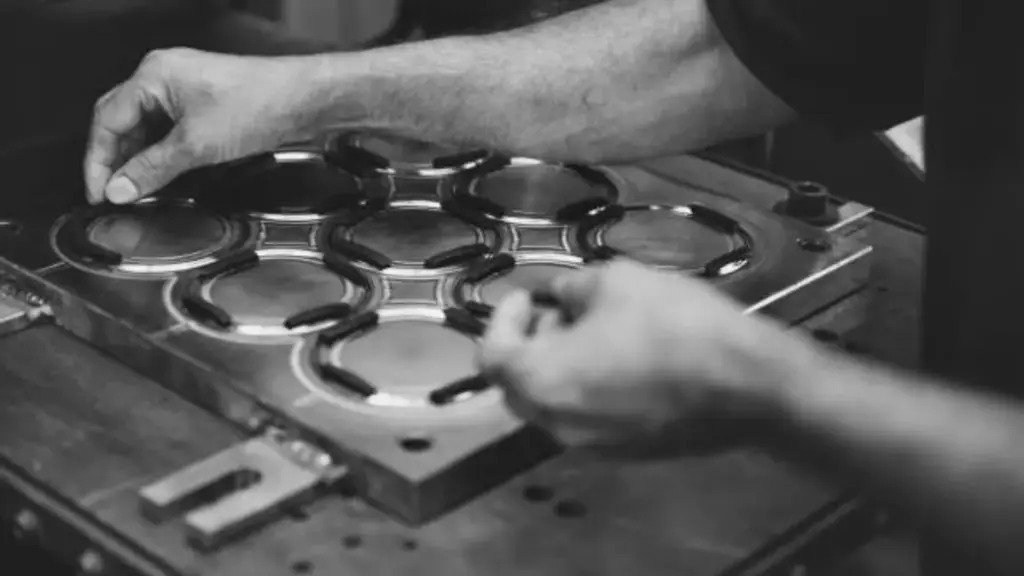
Different industries push mold materials in different ways, but the conclusion is similar: serious applications need serious steel. Automotive structural components, EV motor housings, and chassis brackets expose dies to high injection pressures and tight tolerance requirements, driving the use of H13 and, in some cases, advanced variants like Dievar-style steels.
Electronics and thermal-management parts, such as LED lighting housings, communication enclosures, or heat sinks, demand excellent surface finish and consistent geometry to maintain cooling performance and assembly fit. For these parts, high-polish tool steels and carefully controlled heat treatment are crucial to avoid micro-cracking and to preserve fine fins, ribs, and textures over long production runs.
Industrial equipment—pumps, valve bodies, robotic components, and power tools—often run in demanding environments where dimensional stability and leak-tightness matter as much as appearance. Here again, mold materials like H13 tool steel support reliable sealing surfaces, threaded bosses, and thick-to-thin transitions that would quickly erode in softer tools.
Your One-Stop Partner for High-Precision Mold Making
For buyers, the hardest part of choosing a metal casting mold material is not memorizing steel grades. It is connecting real-world requirements with practical tooling decisions. This is exactly where Bian Diecast positions itself, as a one-stop aluminum die casting manufacturer in China that understands both the mold and the production line behind it.
En Bian Diecast, the engineering team works from your drawings and target volumes to propose the right die steel (typically H13 or equivalent), hardness, and cooling strategy for your aluminum alloy and part geometry, instead of simply quoting the cheapest option. The same facility then carries that tooling through Mecanizado CNC, EDM, bench fitting, fundición a presión de aluminio, secondary machining, and finishing, so there is a single accountable partner from tool design to serial production.
This integrated approach means fewer handoffs, shorter launch times, and clearer visibility on lifetime cost per part, not just day-one mold price. If your next aluminum fundición a presión project depends on choosing the best metal casting mold material—and you want that decision backed by real manufacturing capacity rather than theory—Bian Diecast is ready to review your drawings, discuss expected volumes, and help you build a tooling strategy that will still make sense after 100,000 tiros.

